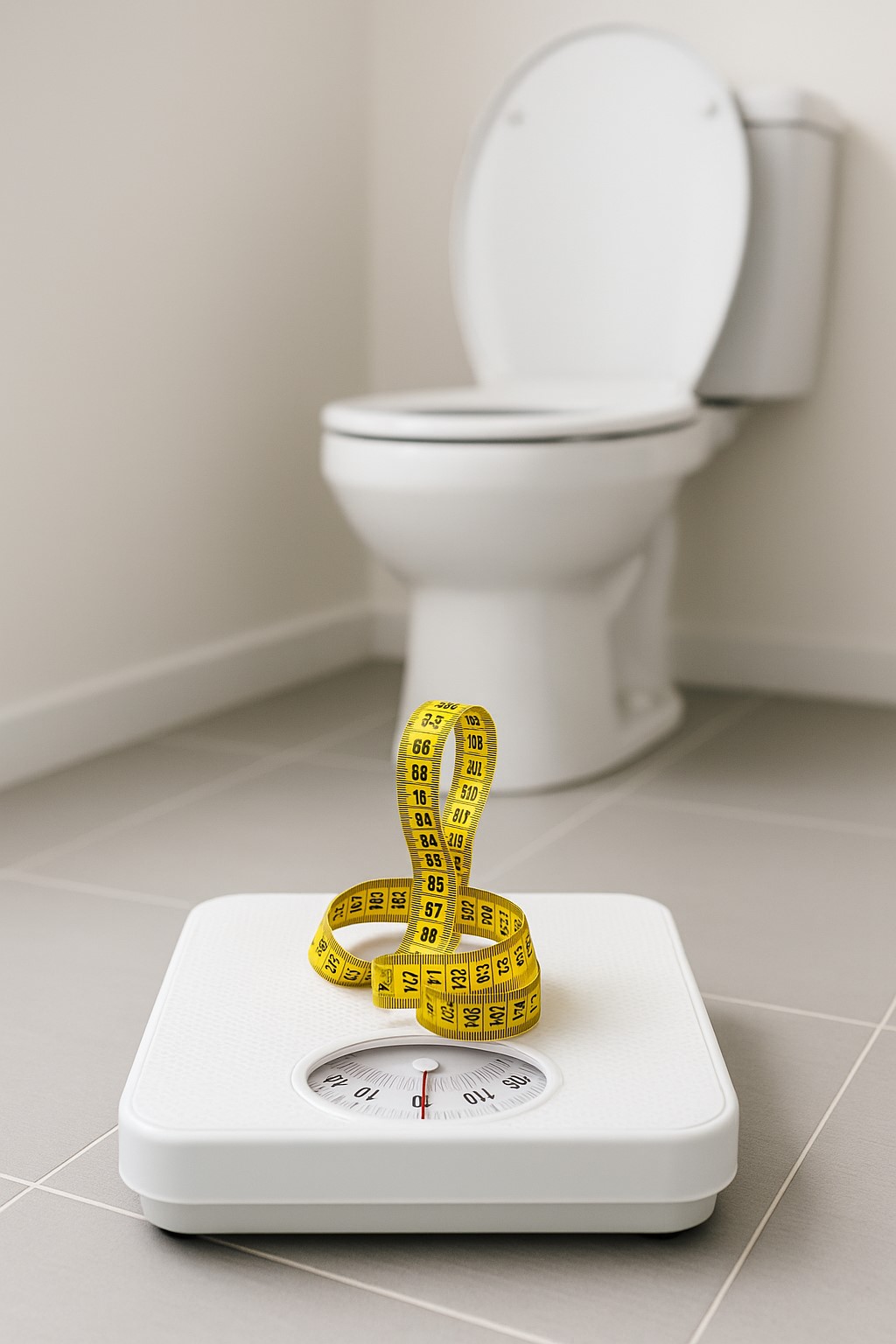What are the symptoms of an Overactive Bladder ?
Sudden urge to pee
The hallmark symptom of OAB is an abrupt, intense urge to urinate, often without warning. This makes planning daily activities challenging and severely hampers an individual's lifestyle.
Frequent Urination
Individuals suffering from OAB often experience frequent urination, sometimes as much as 12 times during daytime hours alone. This frequency further escalates at night, leading to nocturia and adversely impacting sleep quality.
Urge Incontinence
A considerable number of OAB patients, approximately 40-70%, also suffer from urge incontinence, which is the involuntary loss of urine immediately following the intense urge to urinate [1].
What causes an Overactive Bladder ?
Aging and Hormonal Changes
OAB is frequently associated with aging, with an estimated 30% of men and 40% of women over 65 reporting symptoms [2].
Underlying Medical Conditions
Neurological conditions like Parkinson's disease, spinal cord injuries, and diabetes can exacerbate or even initiate symptoms of OAB due to their impact on nerve functions or metabolic regulation.
Medications and Lifestyle Choices
Certain medications, particularly diuretics and antihistamines, can worsen OAB symptoms. Additionally, high consumption of caffeine or alcohol is known to be a contributing factor.
Treatment Options: From Lifestyle to Advanced Therapies
Lifestyle Adjustments
Reducing alcohol and caffeine consumption and maintaining a healthy weight are primary steps in managing OAB symptoms. Simple changes like these can sometimes alleviate urinary frequency by up to 50% [3].
Pharmacological Interventions
Anticholinergic Medications
Drugs such as Oxybutynin, Tolterodine, and Solifenacin have been the mainstay of pharmacological treatment, each with varying degrees of efficacy but all sharing common side effects like dry mouth and constipation.
Beta-3 Agonists
Mirabegron (Betmiga) is a beta-3 agonist that relaxes the bladder muscle and can improve the storage capacity of the bladder. Clinical trials indicate a symptom reduction in approximately 60% of Mirabegron patients [4].
Behavioural Therapies
Bladder training and pelvic floor muscle exercises have reported effectiveness rates between 54 and 77% [5].
Advanced Therapeutic Options
Botox Injections
Administered under local anaesthesia, Botox injections in the bladder wall have shown success rates between 60-80%, lasting for 6-12 months [6].
Sacral Nerve Stimulation
This therapy is a viable option for those who haven't responded to conventional treatments, with a success rate of about 70% [7].
Reflection from a consultant urologist
Overactive Bladder is not just an age-related condition; it can impact people of all age groups and both genders. Treatment options range from lifestyle changes to advanced therapies, offering hope for effective symptom management. Consulting a specialist for a tailored treatment plan is crucial.
References
1. Abrams, P., et al. (2003). Neurourology and Urodynamics, 22(2), 167-178.
2. Urology Care Foundation. (2020). [Urology Care Foundation website](https://www.urologyhealth.org/urology-a-z/o/overactive-bladder-(oab)).
3. Subak, L. L., et al. (2009). New England Journal of Medicine, 360(5), 481-490.
4. Nitti, V. W., et al. (2013). Journal of Urology, 189(6), 2188-2195.
5. Burgio, K. L., et al. (2011). Annals of Internal Medicine, 155(2), 80-89.
6. Sahai, A., et al. (2010). Urology, 76(2), 295-299.
7. Peters, K. M., et al. (2013). Neurourology and Urodynamics, 32(7), 921-925.


